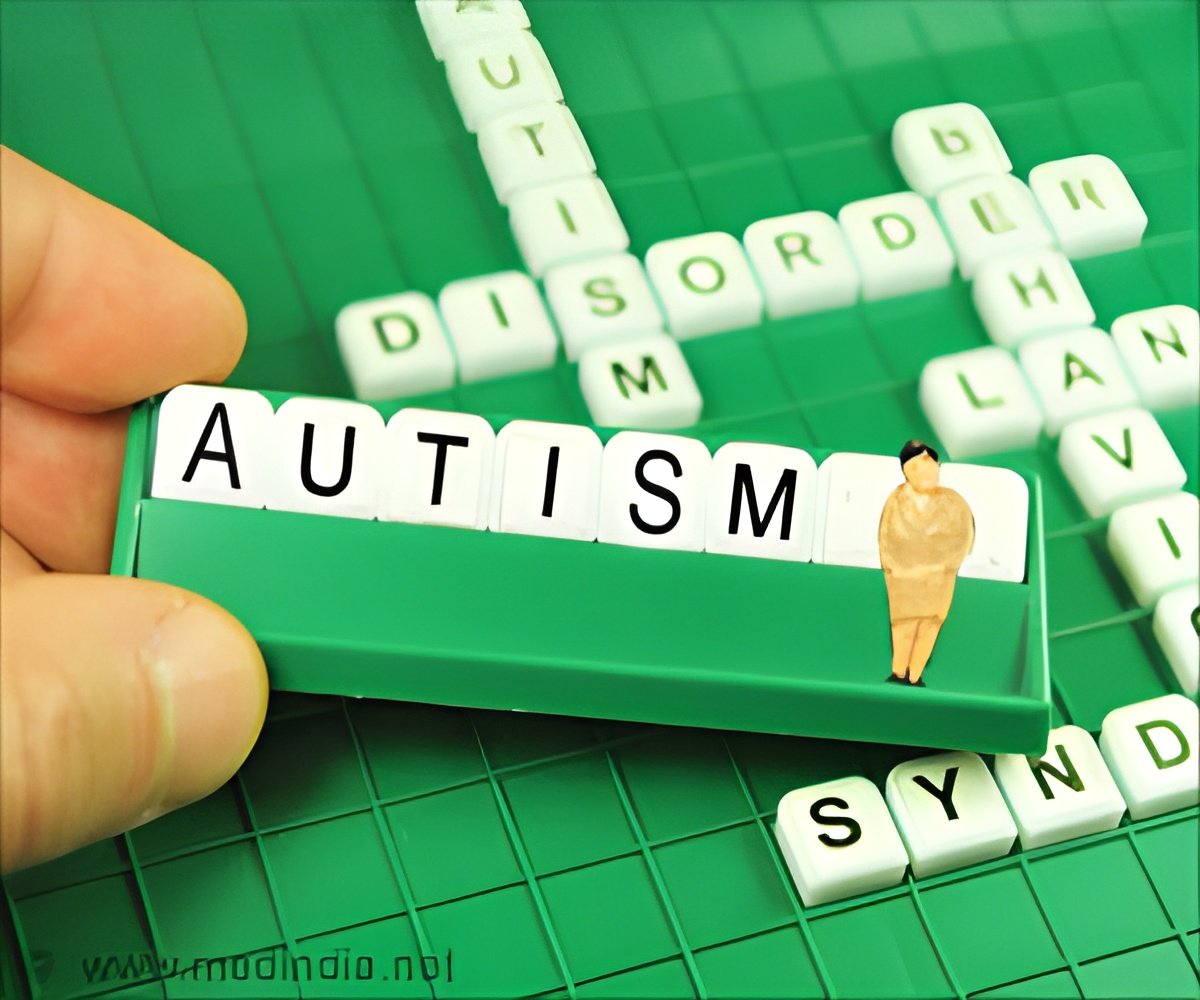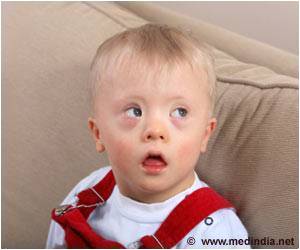While behavioral response to face-stimuli was comparable across groups, the corresponding neural activity between ASD and TD groups differed dramatically.

‘Researchers studied the neural activity of different brain regions in participants with ASD, compared with typically developing (TD) participants, when viewing facial emotions.’





The researchers found that while behavioral response to face-stimuli was comparable across groups, the corresponding neural activity between ASD and TD groups differed dramatically. "Studying these similarities and differences may help us understand the origins of interpersonal emotional experience in people with ASD, and provide targets for intervention," said principal investigator Bradley S. Peterson, MD, director of the Institute for the Developing Mind at Children's Hospital Los Angeles. The results have been published online in advance of publication by the journal Human Brain Mapping.
While there is a general consensus that individuals with ASD are atypical in the way they process human faces and emotional expressions, researchers have not agreed on the underlying brain and behavioral mechanisms that determine such differences.
In order to more objectively look at how participants in both groups responded to a broad range of emotional faces, the study used fMRI to measure two neurophysiological systems, called valence and arousal, that underlie all emotional experiences. "Valence" refers to the degree to which an emotion is pleasant or unpleasant, positive or negative. "Arousal" in this model represents the degree to which an emotion is associated with high or low interest.
For example, a "happy" response might arise from a relatively intense activation of the neural system associated with positive valence and moderate activation of the neural system associated with positive arousal. Other emotional states would differ in their degree of activation of these valence and arousal systems.
Advertisement
To address this question, the researchers enrolled 51 individuals with ASD and 84 TD individuals. Each participant was shown a range of facial emotions in order to assess these two aspects of emotional experience, based first on their responses, both valence (is the emotion pleasant or unpleasant?) and arousal (degree of interest or attention).
Advertisement
There was much more neural activity in participants with ASD when they viewed arousing facial emotions, like happiness or fear. The TD individuals, on the other hand, more strongly activated attentional systems when viewing less arousing and more impassive expressions.
"Human beings imbue all experiences with emotional tone. It's possible, though highly unlikely, that the arousal system is wired differently in individuals with ASD," says Peterson. "More likely, the contrast in activation of their arousal system is determined by differences in how they are experiencing facial expressions. Their brain activity suggests that those with ASD are much more strongly affected by more arousing facial expressions than are their typically developing counterparts."
The scientists concluded that the near absence of group differences for valence suggests that individuals with ASD are not atypical in all aspects of emotion processing. But the study suggests that TD individuals and those with ASD seem to find differing aspects of emotional stimuli to be relevant.
Source-Eurekalert










